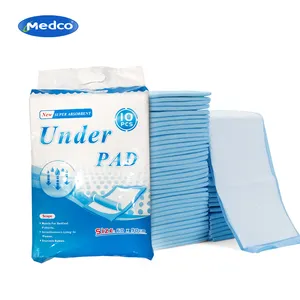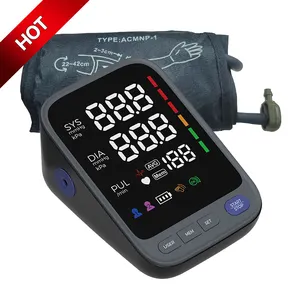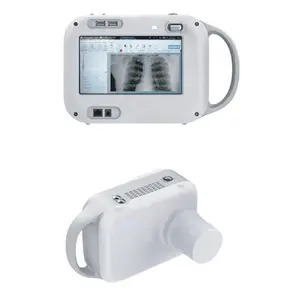Popular in your industry



























































Top categories
About blood collection tube
Why is it Important to Use the Right Blood Collection Tube?
The choice of the correct blood collection tube is an essential part of any laboratory procedure. Proper selection and use of the right type of blood tubes can result in a reliable, accurate and timely result. If the wrong type of tube is used, the results can be compromised, and it could affect the patient's outcome.
What are the Different Types of Blood Collection Tubes?
Lithium heparin tube is a green-top blood collection tube that contains lithium heparin, an anticoagulant. The use of this tube enables physicians to collect samples for various laboratory tests such as electrolytes, liver function tests, or general chemistries. The EDTA tube is a lavender-top blood collection tube that contains EDTA, an anticoagulant. It is used to collect whole blood for hematology tests such as a complete blood count (CBC). The SST tube or serum separator tube is a red-top or yellow-top blood collection tube containing serum separator gel and no anticoagulant. It can be used to draw serum samples for tests such as immunology and chemistry. The color tube for CMP is a blue-top blood collection tube that contains no anticoagulant. It can be used to draw plasma samples for tests such as glucose and calcium levels. The CBC color tube is a light blue-top blood collection tube that contains no anticoagulant. It is used to draw samples for tests such as white blood cell counts, hemoglobin, and hematocrit levels.
How to Choose the Right Blood Collection Tube Your Lab
Vacutainers are designed with a vacuum-sealed stopper that keeps the specimen safe until it is processed. These tubes come in a variety of sizes, materials, and colors, allowing you to select the most suitable tube for your needs. The color of the tube indicates the type of additive present in the tube, which can affect the sample’s quality. When selecting a blood collection tube for your lab, if the test involves centrifuging the sample, make sure to choose a tube that is designed for this purpose.
Many labs prefer using tiger top tubes due to their convenient, compact size, however, they do not always provide the same degree of protection as other blood collection tubes. Tiger top tubes also tend to have slightly lower capacity than other types of tubes, meaning they may need to be replaced more often. If you plan on using tiger top tubes in your lab, make sure they are properly sealed before using them. This ensures that no air enters the tube and reduces the risk of contamination. Additionally, tiger top tubes should never be overfilled as this could cause them to break during processing.






















